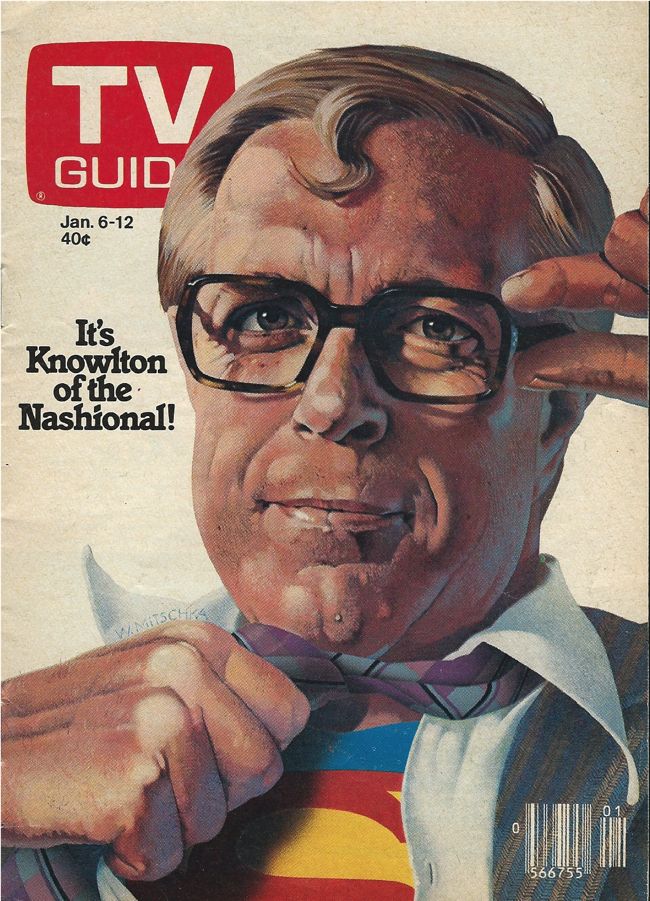News from the Doukhobor Society of Saskatoon (DSS) about:
Koozma, Your greeting to the Saskatoon Doukhobor Prayer Service was well received. The message of LOVE is a universal application. I add the prayer line ... "where there is love, there is God." I am the only one that says a prayer in Russian, but God hears all of us.
The dom was full. Many folks attended. Many of the folks we don't usually see at the dom. A 6-year-old sang a solo. There were 4 young kids who sang Jingle Bells. The Russian cultural singers did not come as the flu took over.
Each of the elders brought greetings. June Bold and Peter Perverseff are now elders. too. Verna Tarasoff Thompson brought Polly Meakin from Langham. The singing was superior. Peter P. gave the message and Jeanette Stringer conducted the service.
There was an amazing amount of food. The place was loud with all the conversations. We donated a dinner gift to the Salvation Army and gifts to the 7 kids in that family. The pile of presents was huge.
As always, at the end of the potluck dinner, Verna asks me to start 2 folk songs and we really "rock." A hand of friendship was prevalent all the time, all day.
Merry Christmas and best wishes for the New Year 2015 and ALWAYS still smiling, Mae Popoff, Doukhobor Society of Saskatoon (DSS)
2014 December 21, Sunday, 11 am — Annual Christmas Prayer Service
- Come celebrate PEACE, LOVE and JOY.
- Prayers, hymns, Christmas carols (Russian and English)
- Potluck lunch to follow — everyone is welcome, bring a friend.
 |
| Click to see: 2014 Christmas Prayer Service photo album |
The dom was full. Many folks attended. Many of the folks we don't usually see at the dom. A 6-year-old sang a solo. There were 4 young kids who sang Jingle Bells. The Russian cultural singers did not come as the flu took over.
Each of the elders brought greetings. June Bold and Peter Perverseff are now elders. too. Verna Tarasoff Thompson brought Polly Meakin from Langham. The singing was superior. Peter P. gave the message and Jeanette Stringer conducted the service.
There was an amazing amount of food. The place was loud with all the conversations. We donated a dinner gift to the Salvation Army and gifts to the 7 kids in that family. The pile of presents was huge.
As always, at the end of the potluck dinner, Verna asks me to start 2 folk songs and we really "rock." A hand of friendship was prevalent all the time, all day.
Merry Christmas and best wishes for the New Year 2015 and ALWAYS still smiling, Mae Popoff, Doukhobor Society of Saskatoon (DSS)
















